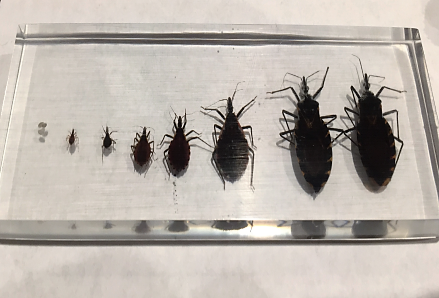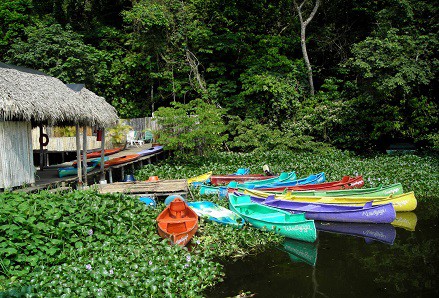Travel health doesn’t exist in isolation. Many health risks encountered by travellers are the same ones that local residents are exposed to every day. One such risk is Chagas Disease. Although it’s a low risk to most short-term travellers, around 7 million people are infected worldwide – mostly in Central and South America. Due to increasing internal migration (from rural areas to urban areas) and across borders, Chagas has become an international health priority. In recognition of International Migrants Day, we explore the challenges of controlling Chagas Disease, its impact on global health, and how it disproportionately affects migrating populations. What is Chagas? Chagas Disease (also known as American Trypanosomiasis) is named after Dr. Carlos Ribeiro Justiniano Chagas, the ...







